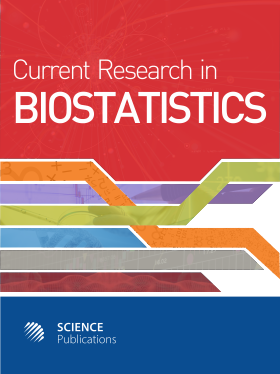Truncated Estimate in Log-Binomial Model: Algorithm and Simulation
- 1 Boehringer Ingelheim Pharmaceuticals, United States
- 2 Renmin University of China, China
- 3 University of Georgia, United States
Abstract
Problem statement: Relative risk has concrete meanings of comparing two groups and measuring the association between exposures and outcomes in medical and public health studies. Log-binomial model, using a log link function on binary outcomes, is straightforward to estimate risk ratios, whereas generates boundary problems. When the estimates are located near the boundary of constrained parameter space, common approaches or procedures using software such as R or SAS fail to converge. Approach: In this study we proposed a truncated algorithm to estimate relative risk using the log-binomial model. We used simulation studies on both single and multiple covariates models to investigate its performance and compare with other similar methods. Results: Our algorithm was shown to outperform other methods regarding precision, especially in high dimensional predictor space. Conclusion: The truncated IWLS method solves the slow convergence problem and provides valid estimates when previously proposed methods fail.
DOI: https://doi.org/10.3844/amjbsp.2011.20.25

- 6,885 Views
- 4,126 Downloads
- 0 Citations
Download
Keywords
- Generalized linear model
- iterative weighted least square
- maximum likelihood estimator
- odds ratio
- relative risk
- truncation
